The big problem with 4K gaming – and why it won't change any time soon
4K has been advertised as a feature in games for over a decade, but hardware still has catching up to do

In 2016, Sony launched the PS4 Pro, the first 4K console ever. Sony's marketing people were worked overtime to milk everything they could out of PlayStation's support for the then fancy, futuristic resolution. Today, the PS5 is another 4K console, alongside the Xbox Series X, that's not just marketed as capable of 4K but as capable of up to 4K/120FPS and even 8K/60FPS.
The problem is that 4K games on PS4 Pro, and Microsoft's 4K Xbox One counterpart the Xbox One X, often weren't really 4K games. They were near-4K games or sort-of-4K games. The problem is much the same today on PS5 and Xbox Series X: 4K games often don't run how they're advertised to run, whether it's in terms of just resolution, or resolution and framerate.
How have we had multiple console generations market support for resolutions and framerates their hardware can't really handle? Is 4K gaming a ghost? Is it in the room with us all right now? We're here to answer these questions.
We'll start with a thorough explanation of what 4K actually is in the world of video games and what makes a game a 4K game before moving into how this all impacts image quality and what we can expect from games in the future.
A starter guide to 4K in modern games
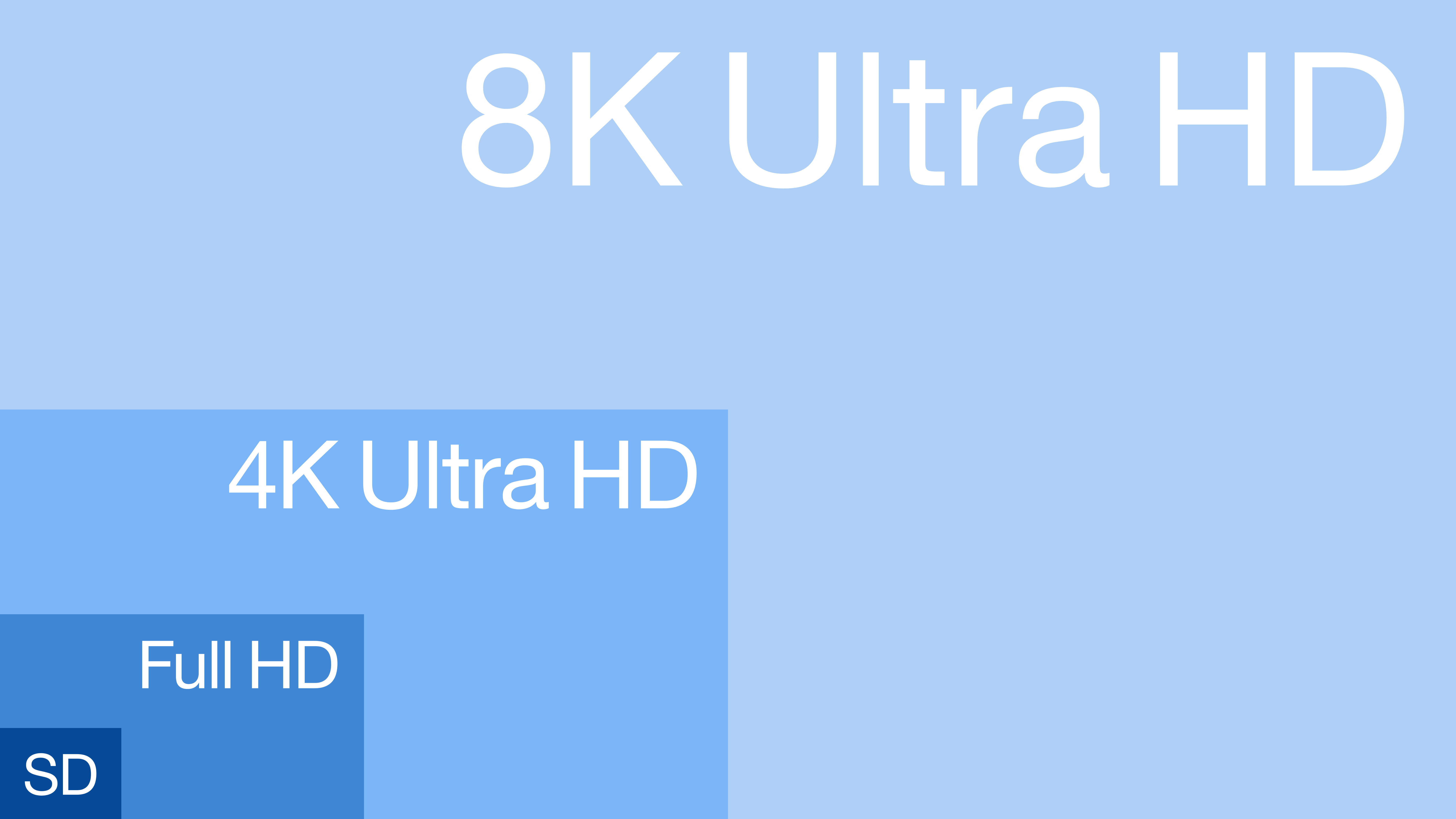
There are many ways to talk about the resolution of a display, so 4K can be written as any and all of the following: 4K, Ultra HD, 2160p, 3840 x 2160 or 4096 x 2160. Below is a table of the most common widescreen resolutions and some different ways of referring to them.
| 4320p (8K) | Ultra HD (UHD) | 7680 × 4320 |
| 2160p (4K) | Ultra HD (UHD) | 3840 x 2160 |
| 1440p | Quad HD (QHD) | 2560 x 1440 |
| 1080p | Full HD (FHD) | 1920 x 1080 |
| 720p | High-definition (HD) | 1280 x 720 |
| 480p | Standard-definition (SD) | 640 x 480 |
Realizing that higher resolutions look better and require more powerful hardware to render than lower resolutions is important, but there's more to the story than just those facts. The jump between each of these different resolutions is not equal – far from it. Let's look at that table again but in comparison to a familiar resolution – 1080p, aka Full HD.
| 4320p (8K) | 1658.88% (~1500% increase) | 33,177,600 pixels |
| 2160p (4K) | 414.72% (~300% increase) | 8,294,400 pixels |
| 1440p (QHD) | 184.32% (~80% increase) | 3,686,400 pixels |
| 1080p (FHD) | 100% (base resolution) | 2,073,600 pixels |
| 720p (HD) | 46.3% (~50% decrease) | 926,000 pixels |
| 480p (SD) | 15.3% (~80% decrease) | 307,200 pixels |
As you'll notice, it takes a lot of pixels to produce a 4K image, and for video games, the goal is to produce a full image at 4K as many times in a second as possible. This makes 4K gaming something only realistically doable with powerful hardware.
The latest hi-fi, home cinema and tech news, reviews, buying advice and deals, direct to your inbox.
And for most of the world, the resolution of today is still 1080p and not 4K. PS4 and Xbox One ran the majority of their games at or below 1080p, and as of Steam's latest hardware survey (from February 2022 at the time of writing) over 67% of gamers have a primary display resolution of 1080p.
Video game consoles generally increase resolution slowly over the course of generations. For example, the PlayStation 2 ran games, on average, at a bit below 480p. The PlayStation 3 ran games, on average, at 720p. And the PlayStation 4 ran games, on average, at 1080p. 720p has about half of the pixels of 1080p, and 480p has about a third of the pixels of 720p.
With each new console generation, resolution increases less than it did in the previous generation as technological advancement slows. From PS2 to PS3 there was about a 3x increase in pixels, whereas from PS3 to PS4 there was about a 2x increase in pixels. Accordingly, the next PlayStation after PS4 should have targeted 1440p, which is a little less than 2x the pixels of 1080p.
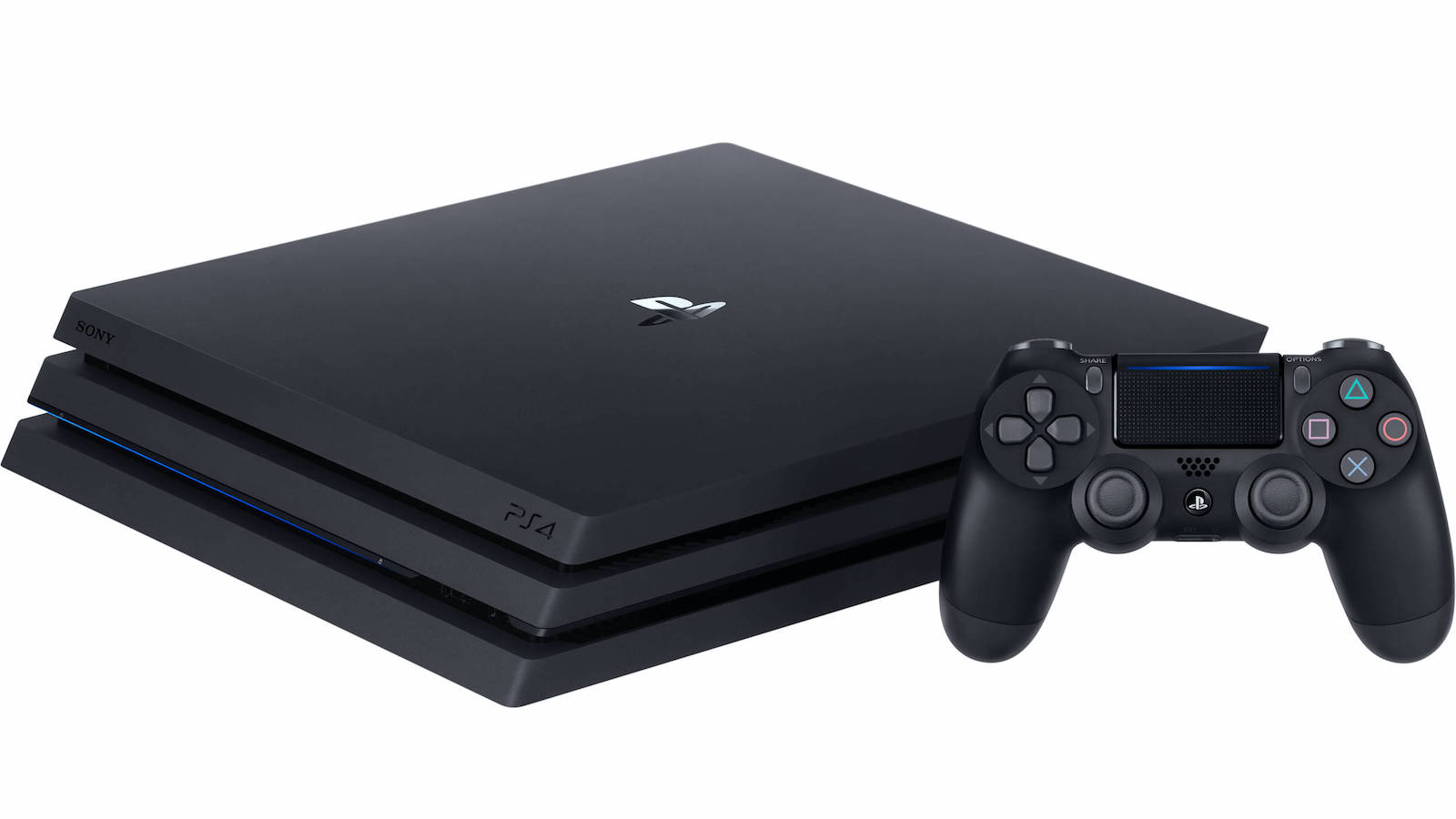
Game consoles instead decided to skip 1440p and go for 4K, and they decided to go for that huge 3x pixel increase with a mid-generation refresh in the form of the PS4 Pro and Xbox One X. These were essentially souped-up PS4s and Xbox Ones that were marketed as 4K machines when the PS4 ran games, most of the time, at 1080p/30FPS and the Xbox One at 900p/30FPS.
Some technical wizardry was performed over the course of the lifespan of these consoles, and some games did run at 4K and looked great in the process, but these consoles were not designed to render truly modern games with their meaty graphical requirements in true 4K.
Even now with the Xbox Series X and PS5, consoles vastly more powerful than both the PS4 and Xbox One as well as the PS4 Pro and Xbox One X, 4K is more of an aspiration than it is a realistic option for new, modern games at the framerates gamers expect.
To put it in perspective, an RTX 3090 graphics card that will set you back around $1500 can't run Elden Ring, a game originally developed for last-gen consoles, at a stable 4K/60FPS. This isn't possible even when paired with a top-of-the-line Intel Core i9 10900k processor that itself goes for the price of a Series X or PS5, according to Digital Foundry.
Yes, it’s fair to say that Elden Ring's PC port isn't very good, but that's sort of the point. Most games are not engineering marvels that use every ounce of power the hardware has to offer, and if 4K/60FPS for cross-gen games is hit-or-miss on gaming PCs of today that cost thousands, next-gen consoles that retail for a fraction of that cost are, inevitably, going to struggle even more.
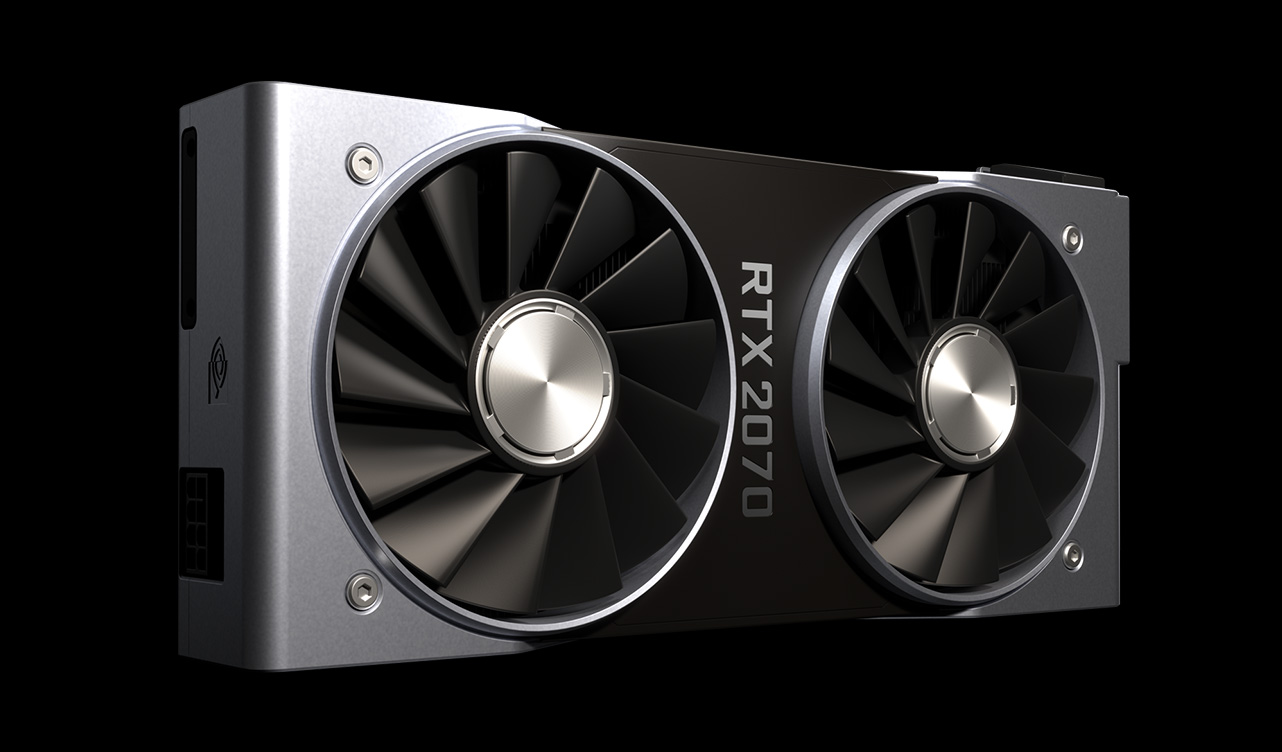
Many different variables influence how well a game performs and how ambitious it is graphically and technically. A 2D sidescroller has less opportunity to take advantage of the power of hardware than an open-world FPS does. What engine a game uses, how experienced the dev team is with a particular platform, and how quickly a team has to release a game – all of that and a lot more besides can influence the technical state of a game, too.
Plus, while consoles don't work the same as PCs in the sense that with dedicated hardware and a less resource-intensive operating system developers can do more with less in terms of hardware, the PS5 and Xbox Series X have GPUs roughly equivalent to an RTX 2070. An RTX 3090 will net you roughly two to three times the frames of an RTX 2070, while it still can't lock to 4K/60FPS at max settings in a last-gen game such as Elden Ring. But the game still runs at the equivalent of PC's max settings at 4K targeting 60FPS on PS5 and Series X, even if these consoles can't handle that.
Many technical achievements will happen on PS5 and Series X, and there are already games that run at 4K/60FPS and even at 4K/120FPS or 8K/60FPS on these consoles. However, for the vast and overwhelming majority of new, modern games, 4K/60FPS is not possible and will not be possible at stable framerates on PS5/Series X. Furthermore, in many cases going forward, 4K/30FPS might not even be possible at stable framerates for all games on PS5 and Series X.
This makes the idea that either PS5 and Series X are 4K/120FPS or 8K/60FPS consoles at best a good-natured joke, like the idea that the PS2 could play games at nearly Full HD. This was technically true, as games such as Gran Turismo 4 on PS2 did have modes that actually ran at nearly Full HD, but these experiences were merely the very occasional tech demo, not mainstream features of games.
If 4K is such a huge jump from 1080p and gaming hardware is still not completely ready for it, then why have consoles and games been marketed, advertised, and sold to consumers as 4K consoles and 4K games? The answer is complicated because the resolution of modern games is much more complicated than the resolution of games historically.
What makes a game a 4K game?
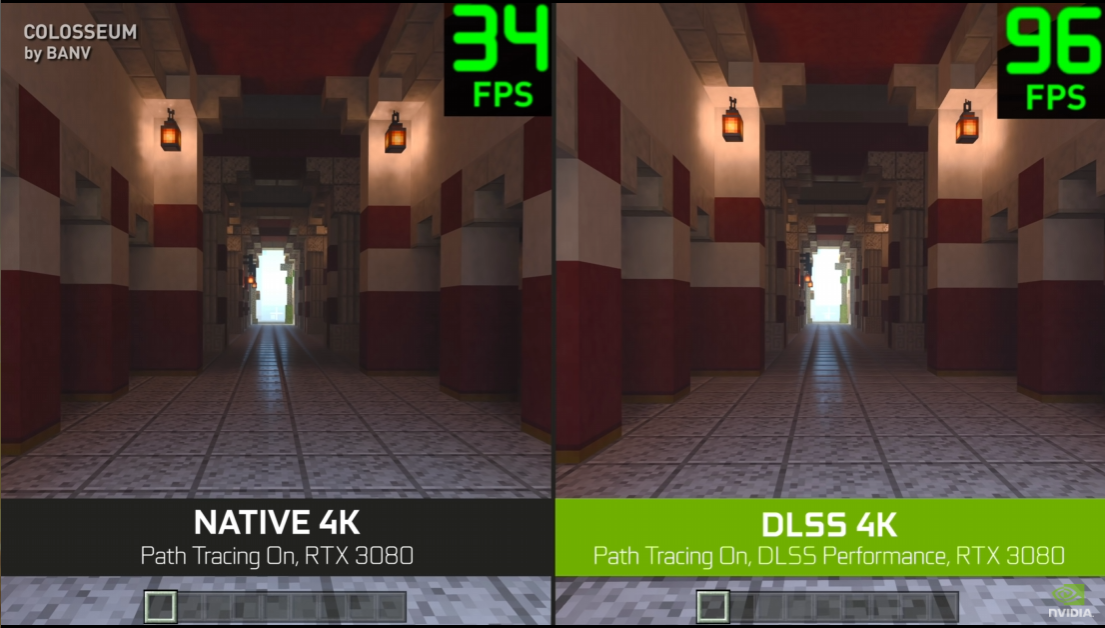
Whether a game is a 4K game or not isn't an official qualification of any sort. Outside of advertising regulations, there aren't many laws that make sure games run how they're supposed to run. This means that there's a lot of leeway for developers and publishers to market their games however they see fit.
In reality, how this works is that all games that call themselves 4K games or advertise support for 4K in any way will supply a 4K video signal to a monitor or TV. The secret is that if you take a screenshot of a 4K game today on console and compare it with a native 4K screenshot of the game running on PC, there are usually big differences in image quality.
In the modern-day, many different technologies mess with resolution so, often, 4K games aren't, technically, running at 4K. There’s tech such as PlayStation's checkerboard rendering or upscaling in general (Nvidia's DLSS and AMD's FSR are examples of this) that take an image at a lower resolution, run it through an algorithm, and output the image at a higher resolution. Then there's dynamic resolution scaling where a game automatically and dynamically adjusts its resolution to maintain a certain level of performance – you might occasionally see a true 4K image, but when the action kicks in and the console has to work harder, the resolution will drop.
What this means is that a game such as Microsoft Flight Sim on Xbox Series X can be billed as both 4K and capable of up to 120FPS when, in reality, neither of these features is actually supported in a meaningful way. This doesn't make the game look bad by any means, but it helps perpetuate the myth of 4K gaming.

You see, Flight Sim on Series X runs in "4K" in the sense that it runs at 1440p (less than half the pixels of 4K) and then is upscaled to 4K. And Flight Sim supports 60FPS and even 120FPS in the sense that there's an in-game graphics mode that uncaps the framerate such that the game erratically swings from 30FPS to the rare 120FPS, depending on the other in-game performance drains at the time.
Flight Sim looks and plays great (even at 30FPS) on Series X, so much so that we placed it on our list of the best Xbox Series X games, but it isn’t a 4K game, despite being advertised as one, and the inclusion of a mode that uncaps the framerate is a mere curiosity to use as marketing material and a fringe benefit for those with VRR displays who don't mind huge fluctuations in responsiveness.
The Flight Sim situation is the same one we see with many games on PS5 and Xbox Series X. They're theoretically 4K, but they're actually somewhere in between mostly-4K and not-4K. Then, games such as Call of Duty: Black Ops Cold War get advertised as 4K/120FPS games when they run at near-1080p and still can't lock to 120FPS.
Games such as Black Ops Cold War (which is on our best PS5 games list and best Series X games list) and Flight Sim look and run great, but they aren't sold to consumers as looking and running great; they're billed as 4K games and 120FPS games when they’re not – not really. What’s more, dynamic resolution scaling and upscaling technologies can actually have serious consequences for image quality.
4K games and image quality
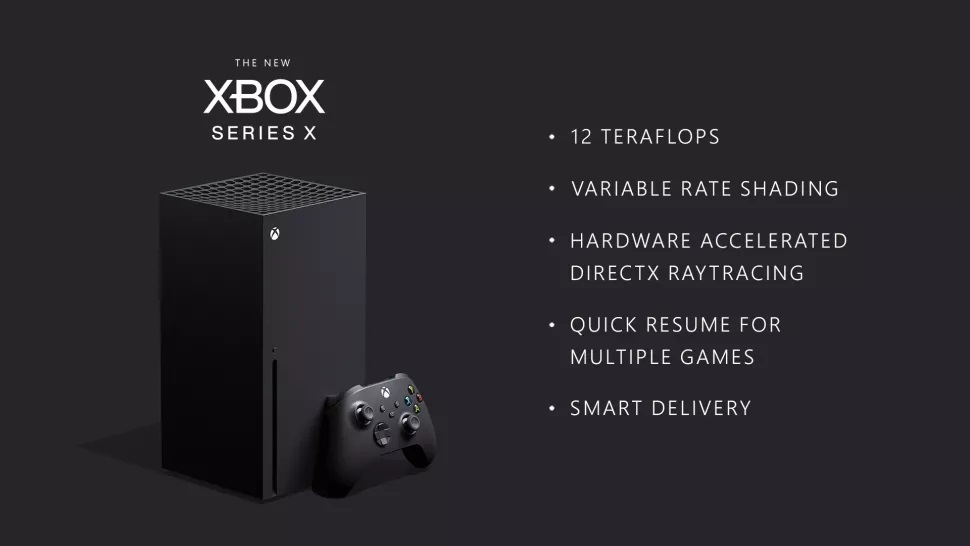
Not only can 4K games have aggressive dynamic resolution scaling or simply be upscaled to 4K from a far lower resolution, they can also come with anti-aliasing solutions (ways to smooth jagged pixel edges) that further degrade image quality.
In the past, games often either looked crisp and sharp when run at the native resolution of a display with decent anti-aliasing or games would look messy and pixelated with rough edges that couldn't be smoothed. Today, games often perform very differently.
Dynamic resolution scaling, or upscaling of any kind, reconstructs a higher-resolution image from a lower-resolution image and, as a result, the new image packs in more detail but loses the sharp, crisp look of an image rendered at the native resolution of a connected display.
Games with these technical features look soft and edgeless, which can be an effective way to clean up a jagged, messy image, but can go so far as to make games look blurry and foggy. Anti-aliasing is still a routine feature of modern games, but anti-aliasing techniques have changed a lot over the years.
What was once often MSAA (multisample anti-aliasing) or FXAA (fast approximate anti-aliasing) has become TAA (temporal anti-aliasing). In brief, TAA is a kind of anti-aliasing that takes information from previously rendered frames and combines it with the frame currently being rendered to remove jaggies and smooth the image.

TAA has become so popular because it's reasonable in terms of its hardware requirements while being incredibly effective at removing jaggies and presenting a totally clean, smooth image. Plus, post-processing effects such as sharpening can be added on top of TAA to bring back some of the lost sharpness.
While effective, this technique can also have serious consequences for image quality. A game that might have been crisp and sharp when rendered at the native resolution of a display can become soft and blurry after a TAA pass, and this only becomes more of a worry as other tech such as dynamic resolution scaling or upscaling gets thrown in the mix.
A great way to see this kind of difference in image quality is to play a PC game with NVIDIA's DLSS. If your character stands still, the game will suddenly look sharp and crisp because the temporal algorithm running in the background works a lot more efficiently when it doesn't have to handle a ton of motion. If you start moving, the game will get blurrier.
Whether a particular game is upscaled, running at a dynamic resolution, or simply has a thick, strong TAA implementation, the sharp, crisp detail often associated with the pixel density of 4K quickly becomes undercut by a variety of technologies that soften jaggies or mess with image quality.
However, consoles such as PS5 and Series X aren't far along into their lifespans, so many might argue that as developers get more comfortable with developing for these consoles, game performance, image quality, and even graphical fidelity will improve. In the past, this was usually true, but the PS5/Series X generation of consoles may well work differently.
- How to get the best picture and sound from your PlayStation 5
- Best Xbox Series X settings: colour depth, sound, picture and more
The future of 4K gaming

Life for PS5/Series X owners has been pretty great in terms of improved responsiveness and upgraded visuals in games. No, games don't often really run at true 4K, but they have much higher resolutions than last-gen games alongside better performance, too. In fact, most games on PS5/Series X come with a variety of graphical modes that allow you to flip between a 30FPS experience and a 60FPS experience, often cutting resolution and graphical fidelity for frames.
This is a huge change for gamers who have spent decades expecting bigger, prettier, more ambitious games to target 30FPS and expecting faster-paced, action-heavy games to trade resolution and graphical fidelity for framerate and target 60FPS. With the next-gen consoles, though, today you almost don't ever have to play a game at 30FPS, regardless of the game.
However, this trend isn't just a function of the next-gen consoles being much more powerful than their predecessors, it often comes down to the fact that most PS5/Series X games out today were developed when developers were making cross-gen games and were still new to the hardware.
As a result, last-gen tech that also has to run on significantly weaker machines is a lot easier to run at higher framerates on next-gen consoles, especially when these games usually aren't true 4K games. But years later, developers are more familiar with PS5/Series X hardware, and cross-gen games are becoming less common.
For all those who picked up a PS5 or Series X and weren't blown away by seeing PS4/Xbox One-era games run closer to their PC version's maxed graphics settings at near-4K/60FPS, the real generational leap in games is coming, and it's coming soon.

Technologies such as those that underpin the ever-in-development Star Citizen, or the features of Unreal Engine 5 such as Nanite, are true generational leaps in gaming that will allow games to do things they've never been able to do before, but this kind of technological upgrade comes at a cost.
For example, Nanite in Unreal Engine 5 is a technology that radically changes how geometry in video games works. In video games, polygons (as in the shape) are used to compose three-dimensional images. In the past, characters, objects, features of the environment, and more all had polygon counts that dictated how complex these things could be, how detailed.
Developers would budget a certain amount of polygons for a certain thing, and then the thing would be designed, modeled, and textured all in the context of its polygon budget. With each new generation of consoles, polygon budgets would increase, and thus characters would look more lifelike and detailed, environments more rich and complicated, etcetera.
Nanite sidesteps traditional polygon counting by rendering millions of polygons dynamically all in real-time. Developers will no longer need to budget a certain number of polygons to provide a certain level of detail: behind-the-scenes, Nanite can automatically generate millions of polygons depending on what the player is looking at, providing all of the necessary detail.
This is a huge paradigm shift for game development, and while we can't expect to see this technology leveraged to its fullest extent in the immediate future, games are coming soon with this technology, and only more will come in time. For example, CD PROJEKT RED, one of the biggest game developers in the world, recently announced plans to move to Unreal Engine 5 for the next Witcher game.

Nanite is a technology that depends on a beefy CPU. A game with Nanite enabled will require significantly more CPU power than the game running without Nanite. This new demand for large amounts of processing power is going to come at the cost of resolution and FPS.
The headroom for games built on last-gen tech, by teams relatively inexperienced with the hardware, or developed as cross-gen ports to reach 60FPS, is quickly going to disappear, and since games right now routinely struggle to hit 60FPS at native 4K, more graphically-demanding games that target 30FPS will see similar cuts made to resolution in order for a stable framerate to be maintained.
For many, a fairly modest upgrade to graphical fidelity alongside the jump to almost-4K is worth the price when games largely offer 60FPS modes, especially games traditionally played at 30FPS on consoles, such as Elden Ring.
But even if graphical fidelity improves further to offer a generational leap, selling 30FPS games that usually won't run at true 4K can feel a lot less next-gen when PS4 Pro and Xbox One X also ran mostly-4K games at 30FPS years and years ago.
There are three major components of a game's visual presentation: graphics technology, framerate, and resolution. Currently, games on next-gen consoles often sacrifice native 4K resolution and the very latest in graphics technology in exchange for 60FPS.
As time goes on, graphics technology will get more advanced and, as a result, framerates will get lower, but resolution isn't likely to increase in a major way for PS5/Series X games midway through a console generation. Unless, of course, Sony and Microsoft decide to release 'Pro' versions of PS5 and Series X, which there hasn't yet been any evidence for.
The myth of 4K gaming: the verdict

In the here and now, games on Series X and PS5 are marketed as 4K games on 4K consoles, and claims are even made about 4K/120FPS and 8K/60FPS support on these consoles. The reality of the situation is that most games are not true 4K, and while many can run at 60FPS today, anything higher will almost always require massive cuts to resolution and other graphical niceties.
The technologies that underpin a lot of modern gaming (dynamic resolution scaling, upscaling, and temporal anti-aliasing to name a few) while useful for smoothing out performance and jagged pixel edges can have serious consequences for image quality, making games often look meaningfully less sharp and detailed than they do at true 4K on a 4K display.
Perhaps counterintuitively, framerates are only set to get worse as games release exclusively on next-gen platforms and adopt new, advanced graphical technologies and features that require significantly more CPU processing power than games ever before: near-4K/60FPS is likely to become near-4K/30FPS in many situations.
Games look and play great on the next-gen consoles, but most new PS5/Series X games are not true 4K games, true 4K/60FPS games, true 4K/120FPS games, or 8K games, and there isn't much reason to expect this to change anytime soon. In some ways, the pursuit of better image quality is academic when you’re approaching 4K. Nonetheless, the difference in image quality between a native 4K image and how a lot of modern games work can be stark, even if it’s not enough for most people to feel betrayed. Considering how long 4K gaming has been advertised to consumers as a reason to buy stuff, the fact that 4K gaming still isn’t truly possible is disappointing.
If you don't game on PC where you have fine-grain control over your game's graphical settings, resolution, and framerate, don't look to the PS5 or Series X to truly bust the myth of 4K gaming. Worry not, though, console gamers, because PlayStation 6 and the next confusingly-named Xbox are sure to be finally well-equipped for 4K gaming.
MORE:
4K 120Hz gaming: What is it? Do you need it?
Ruben is a long-time freelance consumer technology and gaming journalist, and was previously a Staff Writer at What Hi-Fi?. Since 2014, Ruben has written news, reviews, features, guides, and everything in-between at a huge variety of outlets that include Lifewire, PCGamesN, GamesRadar+, TheGamer, Twinfinite, and many more. Ruben's a dedicated gamer, tech nerd, and the kind of person who misses physical media. In his spare time, you can find Ruben cooking something delicious or, more likely, lying in bed consuming content.

